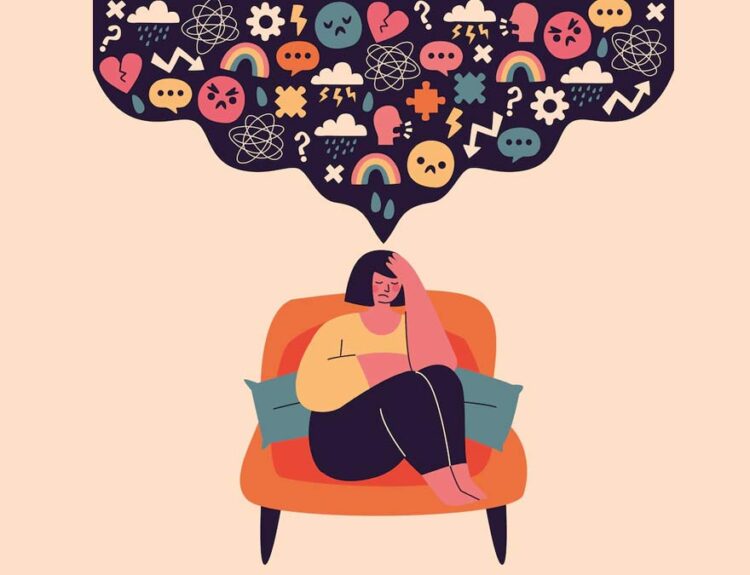Introduction to Print & Graphic Design
Print & Graphic Design is a dynamic field that combines creativity, technology, and communication to produce visually appealing materials. From business cards and brochures to billboards and packaging, print & graphic design plays a crucial role in branding, marketing, and storytelling.
In this comprehensive guide, we’ll explore the fundamentals of print & graphic design, its importance, key principles, tools, and trends shaping the industry.
What is Print & Graphic Design?
Print & Graphic Design refers to the creation of visual content for printed media. Unlike digital design, which is optimized for screens, print design focuses on materials that will be physically produced, such as:
- Business cards
- Flyers & brochures
- Posters & banners
- Magazines & books
- Packaging & labels
- Stationery & letterheads
Graphic design, on the other hand, encompasses both digital and print media, involving layout, typography, imagery, and color theory to convey messages effectively.
The Importance of Print & Graphic Design
Despite the rise of digital marketing, print & graphic design remains essential for several reasons:
- Tangible Impact – Printed materials create a physical connection with audiences, making brands more memorable.
- Brand Consistency – High-quality print design ensures brand identity is maintained across all marketing materials.
- Trust & Credibility – Professionally designed print materials enhance a company’s reputation.
- Targeted Marketing – Flyers, direct mail, and posters allow businesses to reach specific demographics effectively.
Key Principles of Print & Graphic Design
To create compelling print & graphic design work, designers follow fundamental principles:
1. Typography
Choosing the right fonts ensures readability and brand alignment. Serif fonts (e.g., Times New Roman) convey tradition, while sans-serif fonts (e.g., Helvetica) appear modern.
2. Color Theory
Colors evoke emotions and influence perceptions. CMYK (Cyan, Magenta, Yellow, Key/Black) is the standard color model for print design.

3. Layout & Hierarchy
A well-structured layout guides the viewer’s eye. Key elements (headlines, images, calls-to-action) should stand out.
4. Imagery & Graphics
High-resolution images (300 DPI for print) ensure clarity. Vector graphics (logos, icons) remain sharp at any size.
5. Balance & Contrast
A balanced design feels harmonious, while contrast (e.g., dark text on a light background) improves readability.
6. Bleed & Margins
In print design, “bleed” extends artwork beyond the trim edge to avoid white borders when cut.
Tools for Print & Graphic Design
Professionals use specialized software to create stunning print & graphic design projects:
- Adobe Photoshop – For photo editing and raster graphics.
- Adobe Illustrator – Best for vector-based designs (logos, illustrations).
- Adobe InDesign – Ideal for multi-page layouts (magazines, books).
- CorelDRAW – A powerful alternative to Illustrator.
- Canva – User-friendly for beginners designing flyers and social media graphics.
Print vs. Digital Design: Key Differences
While both fields share design principles, print & graphic design has unique requirements:
| Aspect | Print Design | Digital Design |
|---|---|---|
| Color Mode | CMYK | RGB |
| Resolution | 300 DPI (High quality) | 72 PPI (Screen resolution) |
| Bleed & Margins | Essential for printing | Not required |
| File Formats | PDF, TIFF, EPS | PNG, JPEG, GIF, SVG |
Trends in Print & Graphic Design
The print & graphic design industry continuously evolves. Here are some current trends:
1. Minimalist Design
Clean layouts with ample white space enhance readability and sophistication.
2. Sustainable Printing
Eco-friendly inks, recycled paper, and biodegradable packaging are gaining popularity.
3. Bold Typography
Oversized fonts and creative typography make designs stand out.
4. Vintage & Retro Styles
Nostalgic designs with muted colors and classic typography are making a comeback.
5. Interactive Print
QR codes, augmented reality (AR), and textured finishes (embossing, foil stamping) add engagement.
Common Print & Graphic Design Mistakes to Avoid
Even experienced designers can make errors. Here’s what to watch out for:

- Low-Resolution Images – Blurry or pixelated prints ruin professionalism.
- Ignoring Bleed & Safe Zones – Critical content may get cut off.
- Poor Font Choices – Hard-to-read fonts diminish impact.
- Overcrowded Layouts – Too much information overwhelms viewers.
- Incorrect Color Mode – RGB files printed in CMYK may look dull.
How to Choose a Print & Graphic Design Professional
If you’re hiring a designer or agency, consider these factors:
- Portfolio Quality – Review past work for creativity and technical skill.
- Industry Experience – Specialized designers (packaging, branding) deliver better results.
- Client Reviews – Testimonials indicate reliability and professionalism.
- Print Knowledge – Ensure they understand bleed, DPI, and CMYK requirements.
The Future of Print & Graphic Design
While digital media dominates, print & graphic design isn’t disappearing. Instead, it’s adapting:
- Hybrid Campaigns – Combining print and digital (e.g., QR codes on posters).
- Personalization – Variable data printing for customized marketing.
- Advanced Materials – Smart packaging with NFC technology.
Conclusion
Print & Graphic Design remains a powerful tool for branding, marketing, and communication. By mastering design principles, leveraging the right tools, and staying updated with trends, businesses and designers can create impactful printed materials that leave a lasting impression.
Whether you’re a business owner looking to enhance your brand or an aspiring designer, understanding print & graphic design is essential in today’s visually driven world.
Final Thoughts
Investing in high-quality print & graphic design can elevate your brand, attract customers, and set you apart from competitors. Stay creative, stay innovative, and keep printing beautifully!










